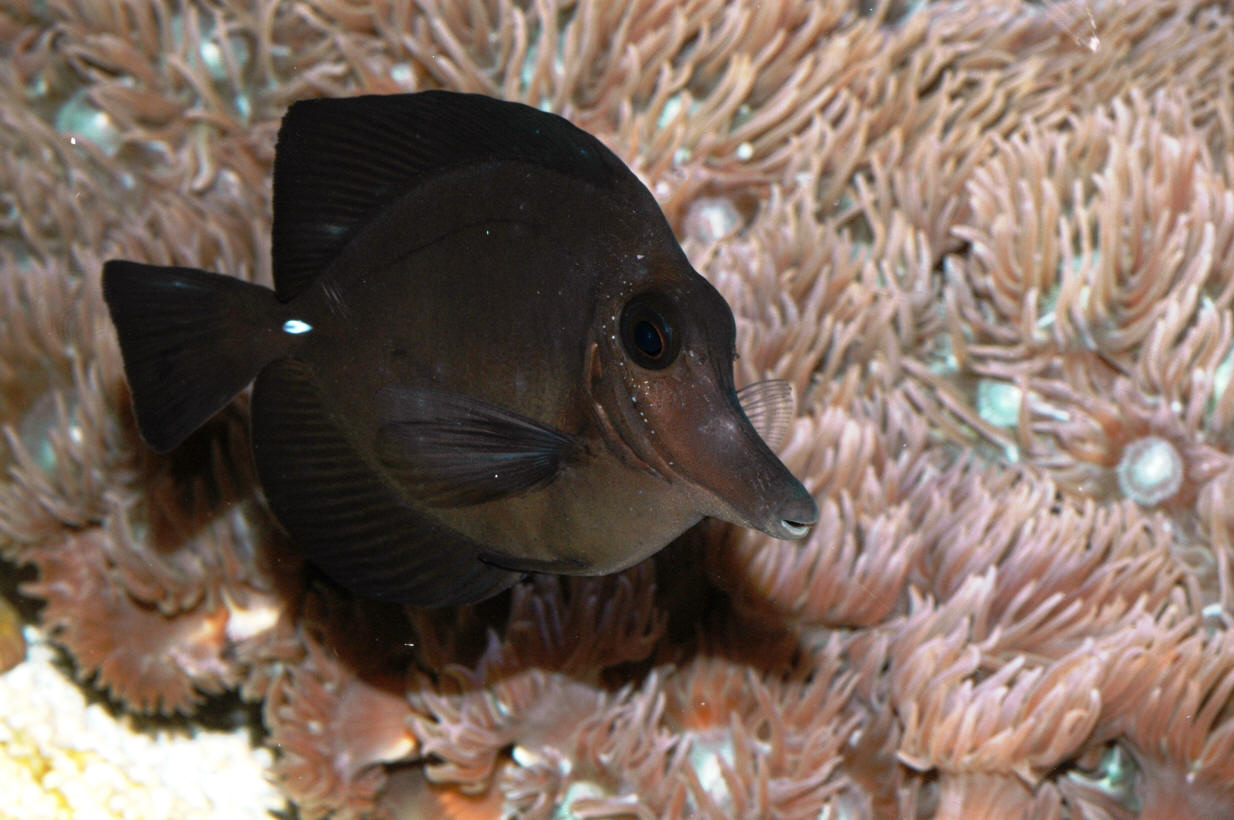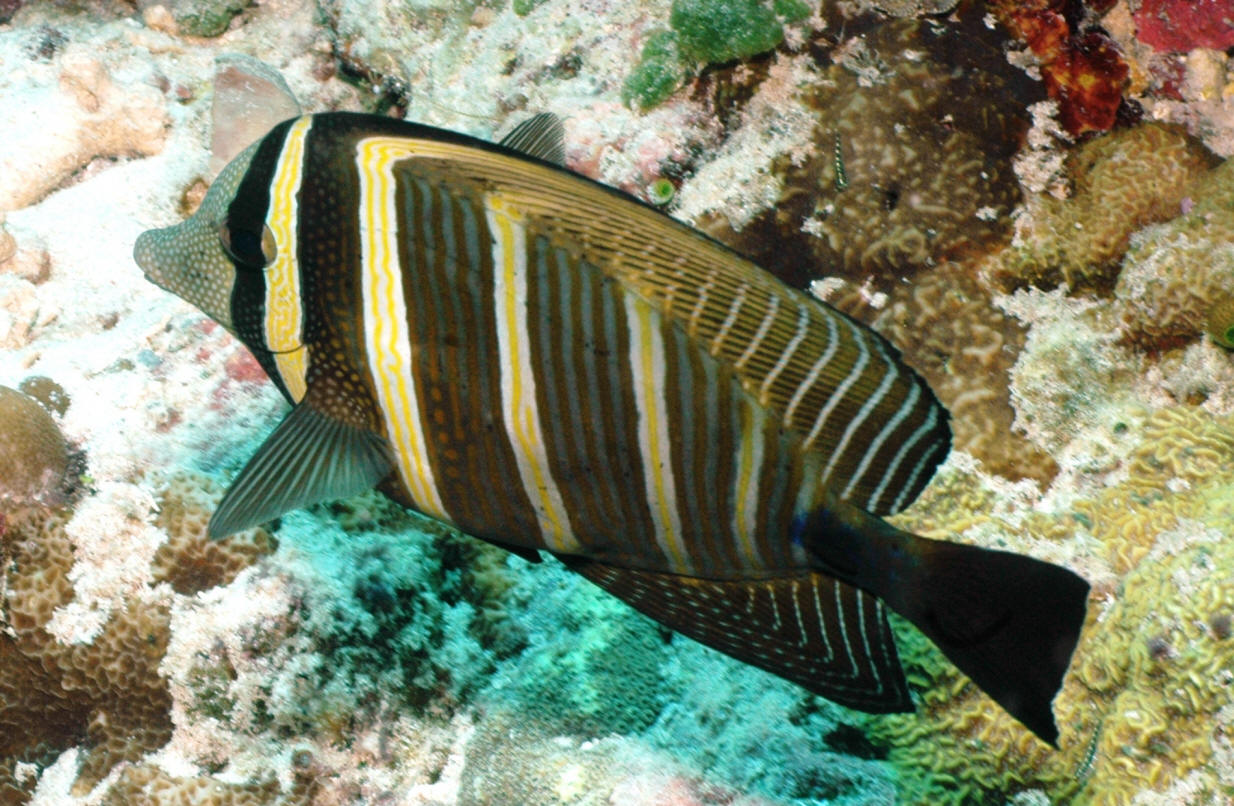Archive 147: Daily Pix FULL SIZE
(For personal use only: NOT public domain)
(Mmm, right click, add, set as background...)
To: Today's: Desktop size
download , Today's FAQs, SW Archive
100, SW Archive
101, SW Archive
102, SW Archive
103, SW Archive
104, SW Archive
105, SW Archive
106, SW Archive
107, SW Archive
108, SW Archive
109, SW Archive
110, SW Archive
111, SW Archive
112, SW Archive
113, SW Archive
114, SW Archive
115, SW Archive
116, SW Archive
117, SW Archive
118, SW Archive
119, SW Archive 120, SW Archive 121, SW Archive 122, SW Archive 123, SW Archive 124, SW Archive 125, SW Archive 126, SW Archive 127, SW Archive 128, SW Archive 129, SW Archive 130, SW Archive 131, SW Archive 132, SW Archive 133, SW Archive 134, SW Archive 135, SW Archive 136, SW Archive 137, SW Archive 138, SW Archive 139, SW Archive 140, SW Archive 141, SW Archive 142, SW Archive 143, SW Archive 144, SW Archive 145, SW Archive 146, SW Archive 148, SW Archive 149, SW Archive
150, SW Archive
151, Freshwater
Pic of the Day Link,
|
 |
| Zebrasoma rostratum (Gunther 1875),
the Black Longnose Sailfin Tang. Restricted to a few French
Polynesian Island groups (Tuamotus, Society's). In many ways,
just a darker, longer-snouted version of Zebrasoma scopas or
flavescens (rostrum up to 30% of body length). Likewise a
hardy, undemanding aquarium specimen. To eight inches in
length. Interzoo 08. |
 |
| Zebrasoma veliferum (Bloch 1795), the
Pacific Sailfin Tang. Collected out of the Philippines and
Indonesia, though better out of Hawaii, Ceylon and other places in
the eastern Pacific. Some call this THE Sailfin tang for it's
gorgeous flowing dorsal and anal finnage; these especially
over-sized in appearance when young. Sipadan 08. |
|
LG.JPG)
|
| Plesiastrea versipora (Lamarck 1816). /COTW:
Characters: Colonies
are flat and are frequently lobed, up to 3 m across in high latitude
localities, usually smaller in the tropics. Corallites are 2-4 mm diameter.
Paliform lobes form a neat circle around small columellae. Tentacles are
sometimes extended during the day; they are short and are of two alternating
sizes.
Colour: Yellow,
cream, green or brown, usually pale colours in the tropics and bright
colours (green or brown) in high latitude areas.
Similar Species: Astrea
rotulosa. Sometimes confused with other 'faviids' with corallites
of similar size notably Favia
stelligera and Cyphastrea species.
Habitat: Occurs
in most reef environments but especially in shaded places such as under
overhangs. Also occurs on rocky foreshores of temperate locations protected
from strong wave action.
Abundance: Seldom
common.
Red Sea 08.
|
LG.JPG) |
| Sphenopids of a nice tan hue. Red Sea 08.
|
|
|

